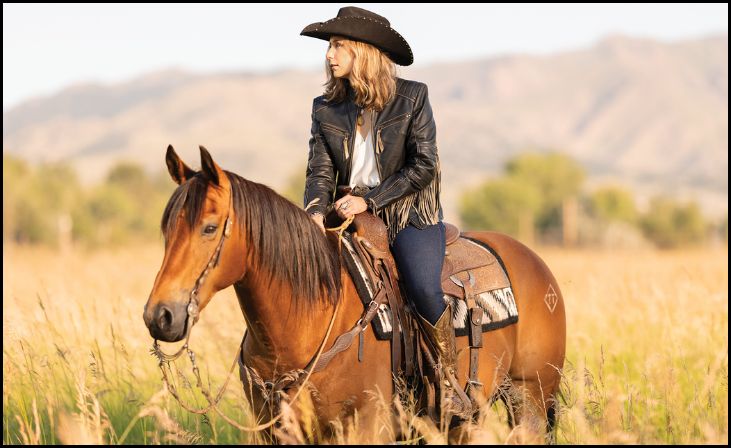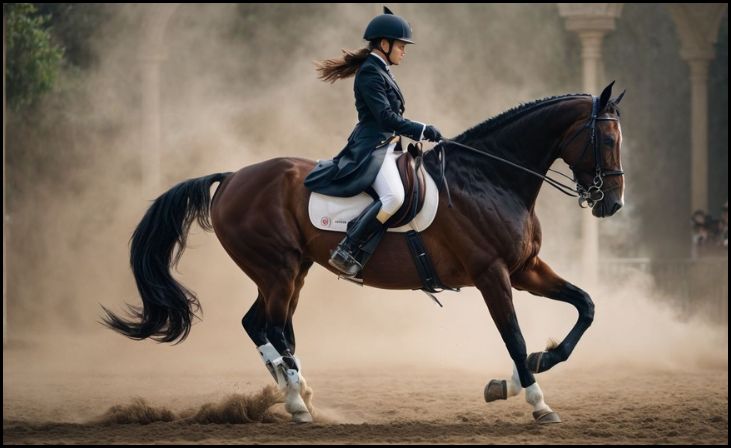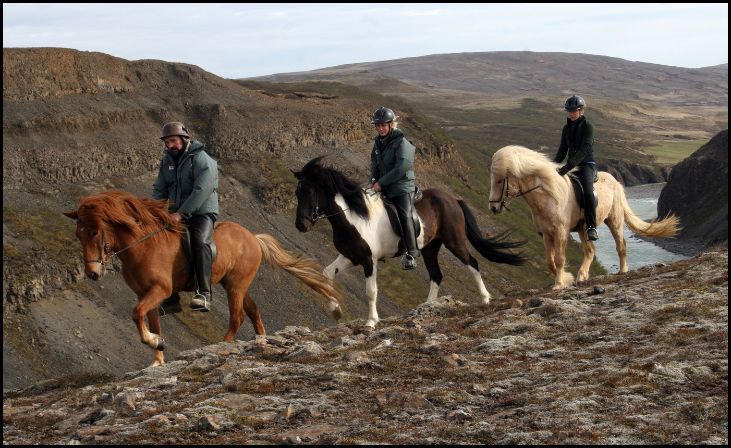Horse riding is a timeless and exhilarating activity that offers a unique connection between rider and horse. Whether you’re looking to take up riding as a hobby, sport, or competitive endeavor, mastering the basics is crucial for your safety, confidence, and enjoyment. Here are seven essential horse riding lessons for beginners that will help you embark on your equestrian journey with a strong foundation.
1. Understanding Horse Behavior and Communication

Before you even mount a horse, it’s important to understand basic horse behavior and communication. Horses are prey animals with instincts that differ significantly from those of humans. Recognizing their body language, such as ear positions, tail movements, and facial expressions, can help you predict their reactions and communicate effectively.
Key Points to Learn:
- Body Language: Learn how to interpret a horse’s body language to understand their mood and intentions.
- Approaching a Horse: Approach horses calmly and confidently, avoiding sudden movements that could startle them.
- Building Trust: Spend time with your horse on the ground, grooming and talking to them to build a rapport and trust before riding.
2. Basic Riding Equipment and Tack
A fundamental lesson for beginners is familiarizing themselves with riding equipment and tack. Properly fitting and using tack ensures the comfort and safety of both the rider and the horse.
Key Points to Learn:
- Types of Tack: Understand the different parts of the tack, including the saddle, bridle, reins, stirrups, and girth.
- Fitting Tack: Learn how to correctly fit the saddle and bridle to prevent discomfort or injury to the horse.
- Safety Gear: Always wear a helmet and appropriate riding boots with a heel to protect yourself while riding.
3. Mounting and Dismounting
Proper mounting and dismounting techniques are critical for both safety and maintaining control over the horse. This lesson ensures you can get on and off the horse smoothly and safely.
Key Points to Learn:
- Mounting: Use a mounting block if necessary to reduce strain on the horse’s back. Hold the reins and saddle firmly, placing your foot in the stirrup and swinging your leg over the horse.
- Dismounting: Safely dismount by swinging your right leg over the horse’s hindquarters, removing your left foot from the stirrup, and landing softly on the ground.
- Control: Always maintain control of the reins during mounting and dismounting to prevent the horse from moving unexpectedly.
4. Basic Riding Posture and Balance
Maintaining the correct posture and balance while riding is crucial for effective communication with the horse and for your own safety. Good posture helps you stay secure in the saddle and allows the horse to move freely.
Key Points to Learn:
- Riding Position: Sit up straight with your shoulders back, heels down, and eyes forward. Your hands should hold the reins gently, maintaining a straight line from your elbow to the bit.
- Balance: Develop a sense of balance by riding at different gaits (walk, trot, canter) and practicing exercises like posting (rising trot) and two-point position.
- Core Strength: Strengthen your core muscles, as a strong core is essential for maintaining balance and stability while riding.
5. Steering and Controlling Your Horse

Effective steering and control are fundamental skills for any rider. Learning how to direct your horse using the reins and your body aids in smooth, safe riding.
Key Points to Learn:
- Rein Aids: Use gentle pressure on the reins to guide your horse’s direction. Learn the difference between direct rein (pulling back) and indirect rein (neck reining) techniques.
- Leg Aids: Use your legs to cue the horse to move forward, turn, or change speed. Apply pressure with your calves or heels to communicate your intentions.
- Seat Aids: Shift your weight in the saddle to influence your horse’s movement. Subtle shifts in your seat can signal the horse to turn or change pace.
6. Understanding and Using Different Gaits
Horses have several natural gaits, including the walk, trot, canter, and gallop. As a beginner, you should become comfortable with each gait and understand how to transition smoothly between them.
Key Points to Learn:
- Walk: The walk is a four-beat gait that is slow and steady. Practice maintaining a relaxed posture and rhythm while walking.
- Trot: The trot is a two-beat gait that can be bouncy. Learn to post (rise and sit in rhythm) to make the trot more comfortable.
- Canter: The canter is a three-beat gait that is faster than the trot. Practice transitioning smoothly into the canter and maintaining a secure seat.
- Gallop: The gallop is a four-beat gait and the fastest of all. Beginners should build confidence and skill at the walk, trot, and canter before attempting to gallop.
7. Riding in Different Environments and Situations

Exposure to various riding environments and situations helps build confidence and adaptability. Practicing in different settings prepares you for a wide range of riding experiences.
Key Points to Learn:
- Arena Riding: Start by practicing in a controlled environment like an arena, where you can focus on developing your skills without distractions.
- Trail Riding: Once comfortable in the arena, try trail riding to experience different terrains and obstacles. This helps improve your horse’s fitness and your confidence.
- Group Riding: Learn how to ride with others in a group setting, maintaining safe distances and understanding group dynamics.
- Weather Conditions: Gain experience riding in different weather conditions, ensuring you and your horse are prepared for various scenarios.
By mastering these seven essential lessons, beginners can build a solid foundation for safe and enjoyable horse riding. Understanding horse behavior, using the correct equipment, maintaining proper posture, and developing effective control are critical components of successful riding. Additionally, becoming comfortable with different gaits and riding environments will enhance your overall riding experience. With practice and dedication, these lessons will pave the way for a rewarding and lifelong connection with horses.

